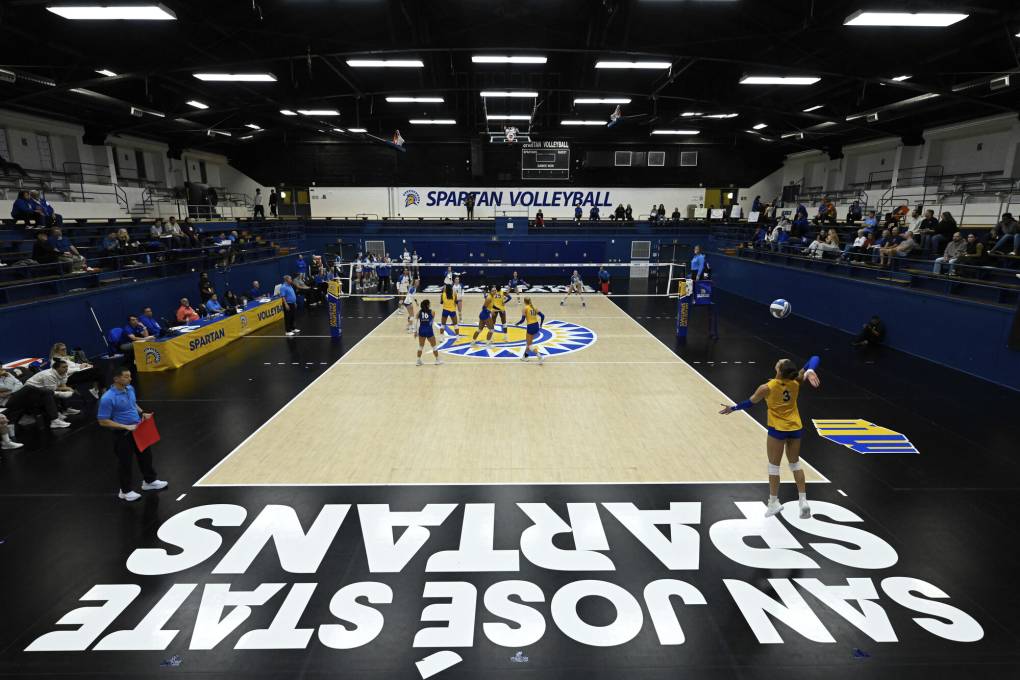Stanford’s athletics department did not respond to requests for comment.
“It does seem like a law that is applying to a very small number of people,” Lagos said. “But I mean, these are people’s lives, and it applies to many more people who might want to play college sports.”
The NCAA revised its policy on transgender athletes the day after Trump signed an executive order titled “Keeping Men out of Women’s Sports.” The order calls the participation of transgender women in sports “a matter of safety, fairness, dignity, and truth,” and it directs federal agencies to withhold funding from institutions that allow transgender students to participate in sports teams that do not align with their biological sex.
“These policies are unfair to female athletes and do not protect female safety,” the order reads.
Stanford and the NCAA will use the sex assigned on a birth certificate to determine an athlete’s ability to participate. But Lagos said the process is more complicated than officials realize.
“If you think about what it captures, it captures a doctor sitting and looking and saying, ‘OK, this is a boy; this is a girl,’ and taking no more than a few seconds,” Lagos said. “This one letter doesn’t really give us the full picture of what someone’s body is going to look like and how it’s going to work later on in life.”
The new policy from the NCAA also states that “schools are subject to local, state, and federal legislation and such legislation supersedes the rules of the NCAA.” But in California, state law protects the right of transgender athletes to compete on sports teams that match their gender identity — including at the collegiate level.
Public colleges in California — UC, Cal State and community colleges — also have systemwide protections for transgender athletes.
The attorney general’s office could not confirm or deny that Stanford’s compliance with the NCAA violates state law, but they said they are reviewing the policy.
“This will place the state of California in a position of whether it just continues to comply in advance or not,” Lagos said. “It’s going to be a chain from Trump to the NCAA to Stanford, and now the ball seems to be in California’s court about whether it will also comply or not.”

